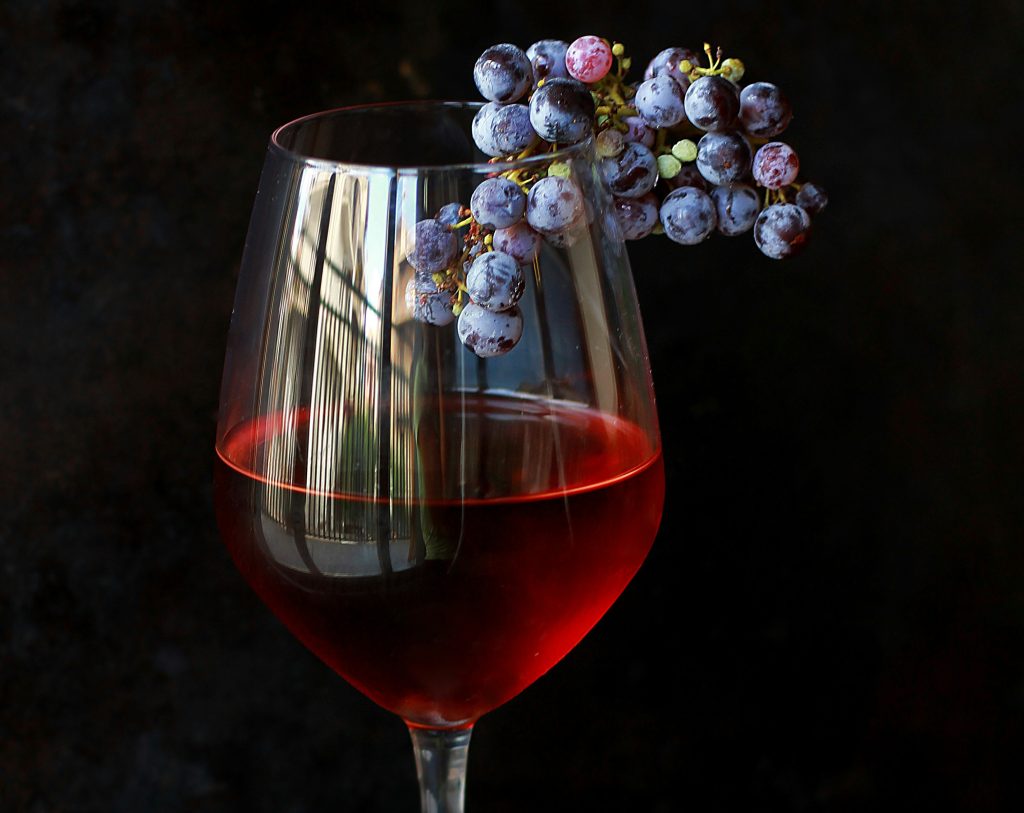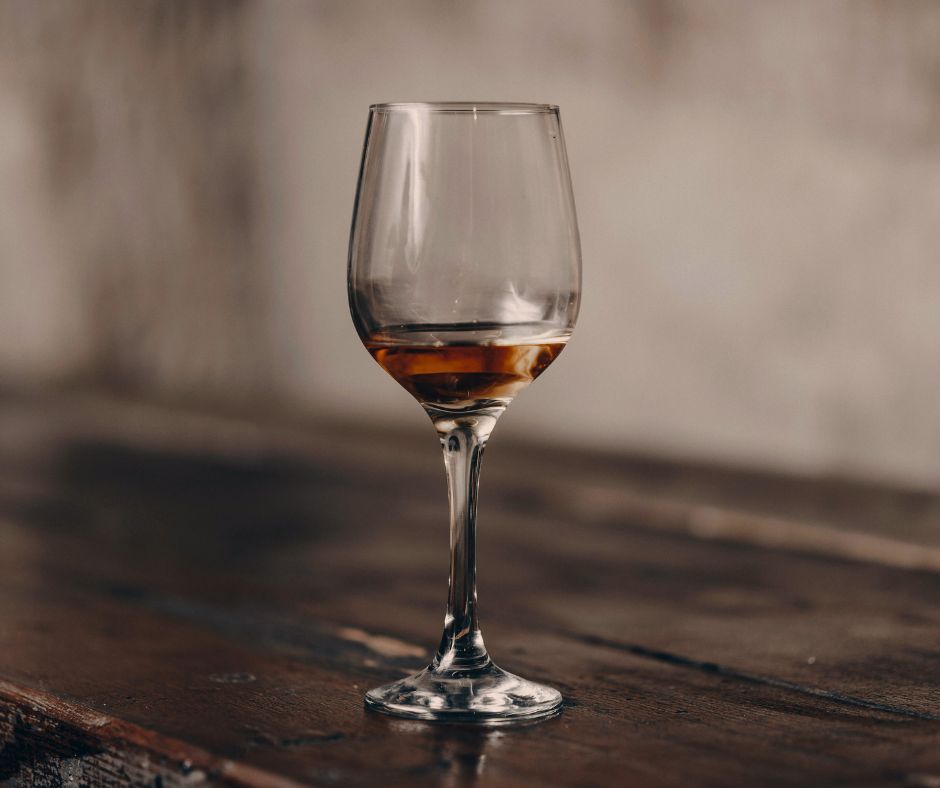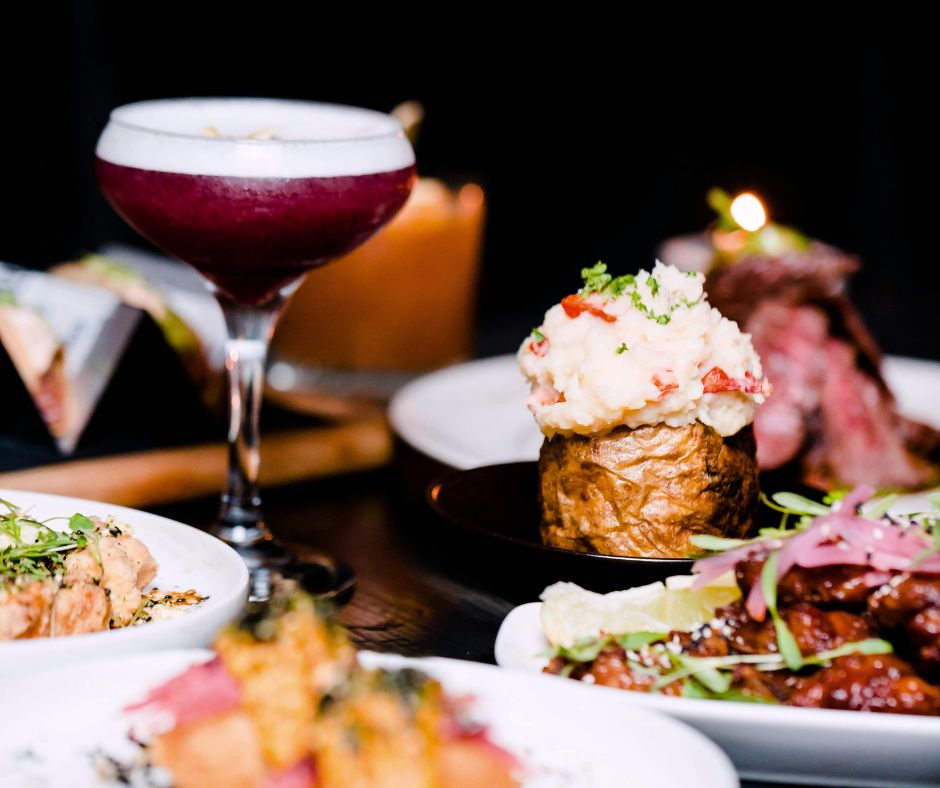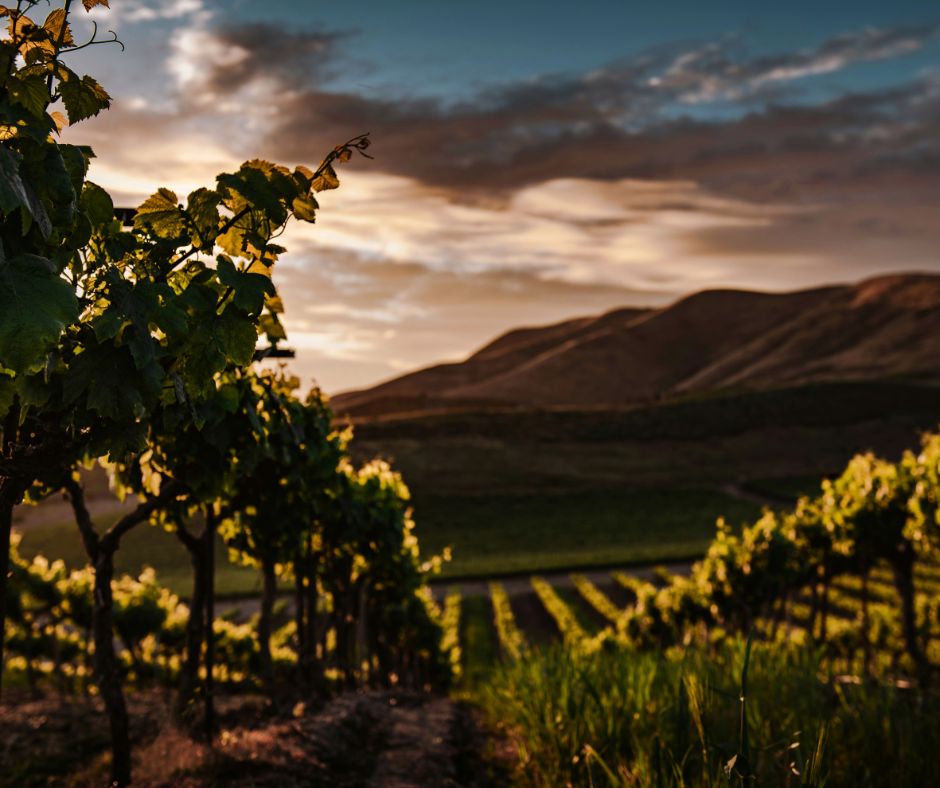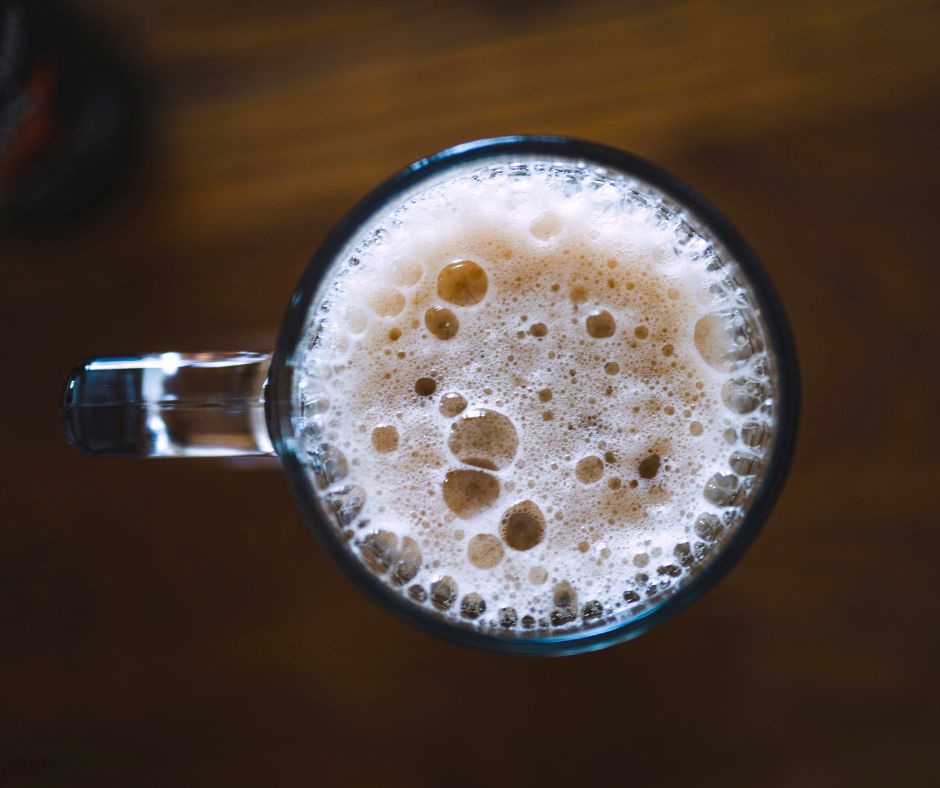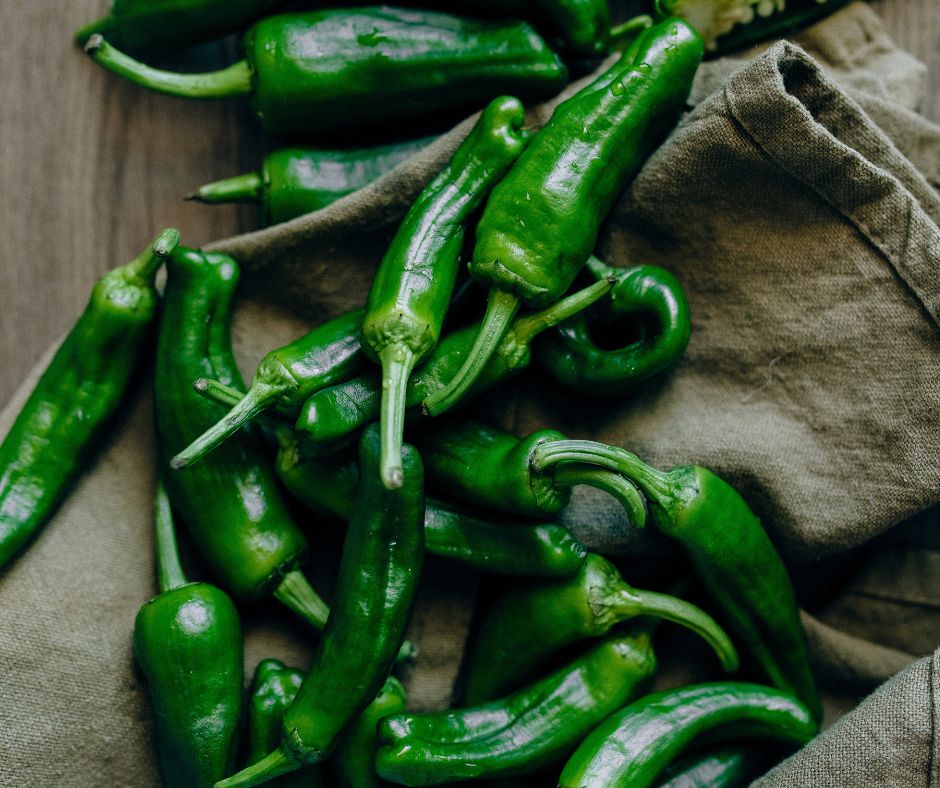A lot of talk is made about acidity, tannin, and body, but there’s another player that can make or break a great pairing — Residual Sweetness (RS). Whether you love crisp and bone-dry whites or lusciously sweet dessert wines, understanding how much sugar is left in the bottle is a major key to pairing success.
First — How Sugar Becomes Wine
Every wine starts with grape juice, packed with natural grape sugars. During fermentation, yeast eats those sugars, converting them into alcohol (and a bit of carbon dioxide).
- In a fully dry wine, yeast converts almost all the sugar into alcohol, leaving little or no detectable sweetness.
- In wines with residual sweetness, the fermentation is intentionally stopped — either by chilling the wine to put yeast to sleep, filtering out the yeast, or fortifying the wine with added alcohol (like in Port or some Sherry). This leaves behind some unfermented grape sugar — giving the wine its natural sweetness.
Residual Sweetness Ranges
Residual Sweetness (RS) is measured in grams of sugar per liter (g/L) — here’s how those categories break down in a widely accepted format:
| Style | Residual Sugar (g/L) | Typical Examples |
| Bone Dry | 0-4 g/L | Chablis, Sancerre, Barolo |
| Dry | 4-9 g/L | Sauvignon Blanc, Pinot Noir, Syrah |
| Off-Dry | 10-19 g/L | German Kabinett Riesling, Vouvray Sec |
| Semi-Sweet | 20-49 g/L | Moscato d’Asti, demi-sec Champagne |
| Sweet | 50-120 g/L | Sauternes, Auslese Riesling |
| Very Sweet | 120+ g/L | Pedro Ximénez Sherry, Tokaji Eszencia |
Most Still Wines are Dry — Especially Classic Styles
Across traditional regions and quality-focused producers, the vast majority of still wines (both red and white) are intentionally made dry — meaning under 9 g/L RS, and often closer to the bone dry range of 0-4 g/L.
This dryness reflects both:
- The cultural expectation in places like France, Italy, and Spain.
- The desire to showcase terroir, acidity, minerality, and tannin — all of which can be masked by sweetness.
Where Do the Noble Grapes Fall?
When made by quality-focused producers, the noble grapes (the classic international varietals) generally fall into the bone dry to dry range — especially for still wines. Here’s how they traditionally align:
| Grape | Typical RS Range | Classic Examples |
| Chardonnay | 0-4 g/L (Bone Dry) | Chablis, White Burgundy |
| Sauvignon Blanc | 0-4 g/L (Bone Dry) | Sancerre, Pouilly-Fumé |
| Riesling | 0-4 g/L (Bone Dry for Alsace, GG German Rieslings) but can range up to 120+ g/L for dessert styles | Dry Alsace Riesling, German Grosses Gewächs |
| Pinot Noir | 0-4 g/L (Bone Dry) | Burgundy, Oregon Pinot Noir |
| Cabernet Sauvignon | 0-4 g/L (Bone Dry) | Bordeaux, Napa Cab |
| Merlot | 0-4 g/L (Bone Dry) | Right Bank Bordeaux |
| Syrah/Shiraz | 0-4 g/L (Bone Dry) | Northern Rhône, Barossa Shiraz |
Why Some Wines Taste Sweet Even When Dry
Even though these wines are analytically dry, some may still taste fruity or slightly sweet due to:
- Ripe fruit character — especially from warmer climates.
- Low acidity — which softens the overall profile.
- Higher alcohol and glycerol — which adds a slight perception of sweetness.
This is why perceived sweetness doesn’t always match residual sweetness — and why Aiza™ considers both when crafting the perfect pairing.
What This Means for Pairing
- Bone dry wines = Best with bright, fresh dishes, briny seafood, or acidic salads.
- Dry wines = Flexible across meats, poultry, and roasted vegetables.
- Off-dry wines = Ideal for spicy cuisine or dishes with sweet glazes.
- Sweet wines = Perfect dessert partners, especially for caramel, nuts, or fruit.
- Very sweet wines = Dessert wine territory — or surprisingly good with salty blue cheese.
Residual Sweetness in Sparkling Wines — A Different Scale
Sparkling wines — especially Champagne — follow a different residual sweetness scale from still wines. This is partly because sparkling wines are dosed with a “liqueur d’expédition” (a mix of wine and sugar) just before bottling. This small adjustment fine-tunes both flavor balance and the wine’s ability to age gracefully under pressure.
Here’s the official Champagne sweetness scale, which also applies (more or less) to other traditional method sparkling wines like Cava and Franciacorta:
| Label Term | Residual Sugar (g/L) | Style |
| Brut Nature / Zero Dosage | 0-3 g/L | Bone dry |
| Extra Brut | 0-6 g/L | Very dry |
| Brut | 0-12 g/L | Dry (and the most common category) |
| Extra Dry | 12-17 g/L | Off-dry (confusingly “extra dry” is sweeter than Brut) |
| Dry / Sec | 17-32 g/L | Semi-sweet |
| Demi-Sec | 32-50 g/L | Sweet |
| Doux | 50+ g/L | Very sweet |
Why Sparkling Wines Work Differently
The fizz itself changes how we perceive sweetness. Bubbles add acidity perception and textural excitement, meaning a Brut Champagne with 9 g/L RS can taste drier than a still wine with the same residual sugar.
This is part of why sparkling wines are so versatile for food pairing — they balance fruit, acid, and bubbles in a way still wines can’t match.
Aiza™ Pro Tip
If you’re scanning a wine list with Pairable™, Aiza™ uses both the wine’s technical residual sugar and its perceived fruit sweetness to recommend the best pairing. So even if a Pinot Noir is technically bone dry, Aiza™ knows if it’s a ripe, fruit-forward style and can recommend accordingly.
Ready to stop guessing between dry and sweet — and get the perfect pairing every time?
Download Pairable™ and let Aiza™ guide you glass by glass.


